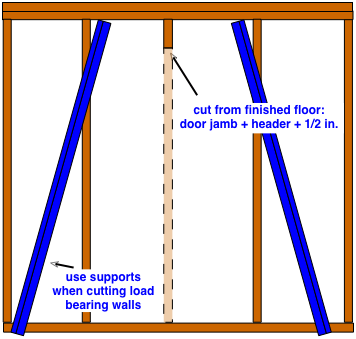Drywall repair entails lots of steps. Your mud pan is a staple in your drywall device package as a result of it will improve work effectivity. Some ceilings might not have been completed to normal standards and may have an entire finish coat earlier than applying a lighter texture. And you may apply a second coat of compound as quickly as the primary hardens.
The trick is to use compound for the second and third coats only on one side at a time. As a substitute get a wider taping knife—a 6-in.-vast putty knife will do—and easily skim the entire space with joint compound. Unfold a skinny layer of all-objective joint compound over the torn facing with a 6-inch drywall knife.
You’ll use it to carry around your drywall compound with you as you work. Holes from drywall anchors. Retape the joint following the methods proven in Step 1 of this tips on how to fix drywall article. Reduce a bit of drywall into a square a bit of bit greater than the outlet.
Apply a coat of compound and tape to every joint (Photograph three). Skinny the compound a bit with water to help embed the tape. Apply one coat of joint compound in smooth even strokes with spackling tool. Only one more step and the drywall part of your patch can be full, texture.
Photograph 5: Sand the dry compound frivolously with a hundred-grit sandpaper to remove ridges and blend edges. The invention of drywall saved contractors and owners thousands of dollars in building costs and repairs. Let it dry and cover it with paint to finish the restore.